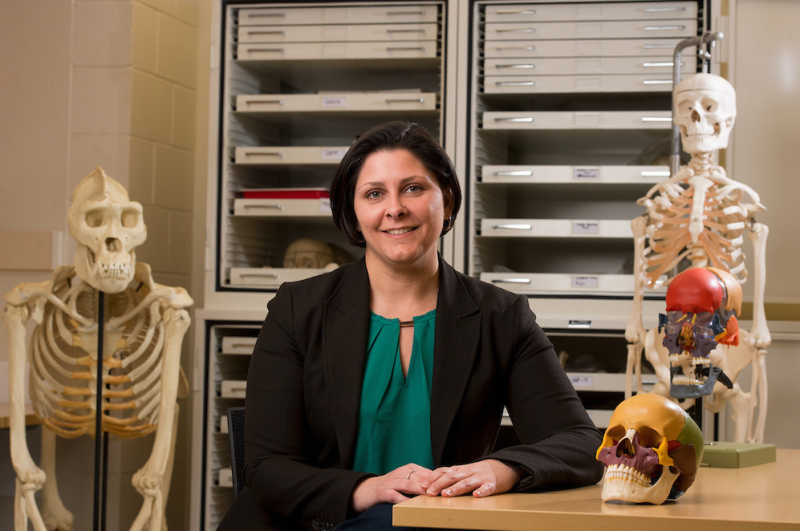Affiliation: University of North Carolina at Chapel Hill

Kristina Killgrove is Assistant Professor of Anthropology with the University of North Carolina at Chapel Hill, and she holds her degrees from UNC Chapel Hill (Ph.D.), East Carolina University, and the University of Virginia. Her fields of study are bioarchaeology, Roman archaeology, stable isotope analysis, 3D scanning and printing, and outreach in archaeology; she is currently the human osteologist for the Gabii Project in Rome. Her current publication projects include “Using skeletal remains as a proxy for Roman lifestyles: the potential and problems with osteological reconstructions of health, diet, and stature in Imperial Rome” in Diet and Nutrition in the Roman World (C. Holleran and P. Erdkamp, eds. Routledge, in press), and “Imperialism and physiological stress in Rome and its environs (1st-3rd centuries AD)” in Bioarchaeology of Contact, Colonialism, and Imperialism (H. Klaus and M. Murphy, eds. University Press of Florida, in press).
Numerous urban centers in the Bay of Naples were completely destroyed by the eruption of Mt. Vesuvius in 79 AD. Pompeii and Herculaneum are the most famous of these, but other areas were also affected and are less understood, even today, because of their location underneath modern development. The villa complex of Oplontis is one of these. Partial excavations in the 1980s found dozens of skeletons together in one room, killed by the catastrophic volcanic eruption. None of the skeletons had been scientifically studied, however, until 2017, when Dr. Killgrove led a team of archaeologists to finish the old excavation and analyze the human remains. Over the past three years, research questions about biological relationships, dietary resource use, and disease load among those people killed by the eruption have been at the center of this project. This talk will present the latest information gleaned from the Oplontis skeletons and reveal the new information we have about Roman life and death in 79 AD.
Short bibliography and/or website on lecture topic: